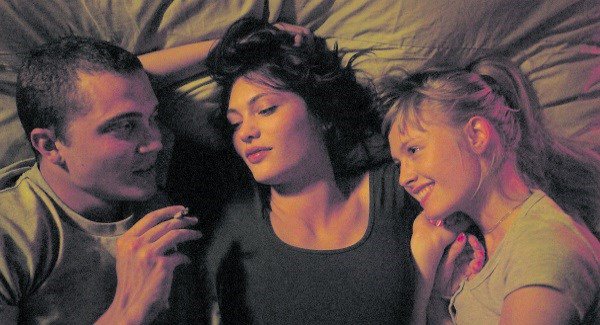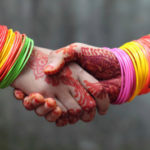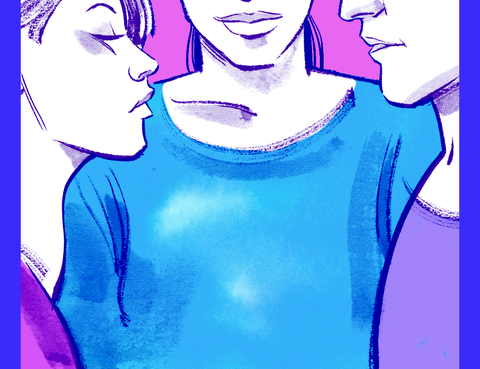The disappearance of iconic queer venues is part of that deplorable narrative of London’s distinctive places shutting down to be sold to developers. What’s left of the richness of London’s queer scene is now fragmented into different urban areas that summons specific queer types according to aesthetic, sexual tastes, lifestyle, age, class. These neighbourhoods offer diverse entertainment that targets at different social groups: in Soho the commodification of queer expressions has reached a degree that makes it almost unbearable for anyone who is not a tourist; the Far East is mostly famous for ‘creative types’, gender-based events and drag queens; in Vauxhall older and wiser crowds tend to gather around the Royal Vauxhall Tavern. Now bits of queer history may be disappearing under the pressure of big corporate ventures, but bisexual spaces have always been invisible. One could argue that, being under the general umbrella of queerness, the bisexual community is always and everywhere welcome, but I think that this fact cannot be so easily assumed.
Bisexuality is a little explored and much excluded sexual identity, therefore I was not at all surprised discovering how sparse and underdeveloped its social infrastructure is. The result of an online research for a mainstream bisexual clubbing scene lead me to barren forums where the latest post dates back to 2013. Browsing in these cyber wastelands I realised that there are only a few awkward monthly gatherings and events aimed at the invisible bisexual community. Apparently, there used to be a single bi club in London, called Greedy, which closed in 2014, leaving as legacy a Facebook group with less than a hundred members. Currently there is a Meetup group for bisexuals where all the upcoming events are listed. The calendar is not too hectic: on the first Saturday of the month there is a Bi Coffee held in Central London plus there is a monthly pub social, Bisexual Underground, whose website features pictures of undergraduates (bisexuals I guess) in front of pints.
Why is the bisexual community so invisible in comparison to gay and lesbian? It all comes down to how bisexual identity has been constructed or, to be more precise; erased. One of the mainstream common assumptions about bisexuality is that is nothing more than a college phase, a transition moment and not a viable mature, or even honest sexual identity. Bisexuality is never discussed except to dismiss, partly because it uncomfortably erodes the stability of sex and gender binaries and partly because it dangerously hints at non-monogamy (resulting from a misunderstanding of bisexuals individuals as prone to be simultaneously engaged in relationships with both genders). Bisexuals are regarded with contempt as double agents of sexual politics, selling out to the highest bidder. When taken seriously, bisexuality is considered an apolitical choice: savoring the heterosexual privilege while enjoying the pleasures of gaydom. But bisexuality’s exclusion from the society operated by others and also its self-conscious exclusion are immensely political.
Bisexual invisibility has a spatial counterpart. By epitomising identity as temporary and shifting through the presence in one body of same-sex desire and opposite-sex desire, bisexuality is difficult to associate with a rooted spatiality. Regarded as occupying an ambiguous middle ground between heterosexuality and homosexuality, the bisexual community dwells on the margins of monosexual societies: its spatial parasitism reflects the problematic relations and tensions between these different groups. But, as shown in the Monty Phyton’s sketch ‘How Not To Be Seen’, invisibility has its own advantages: the non existence of a proper bisexual scene has resulted in a less prescriptive formalisation and commodification of a bisexual canon, which instead seems to be the case for monosexual cultures which types and categories. Less attention, clubs, groups and community for bisexuals allows them to be less stereotyped in many ways than gay or straight people. After all, if you stand you might be shot, visibility has its own hazards.






